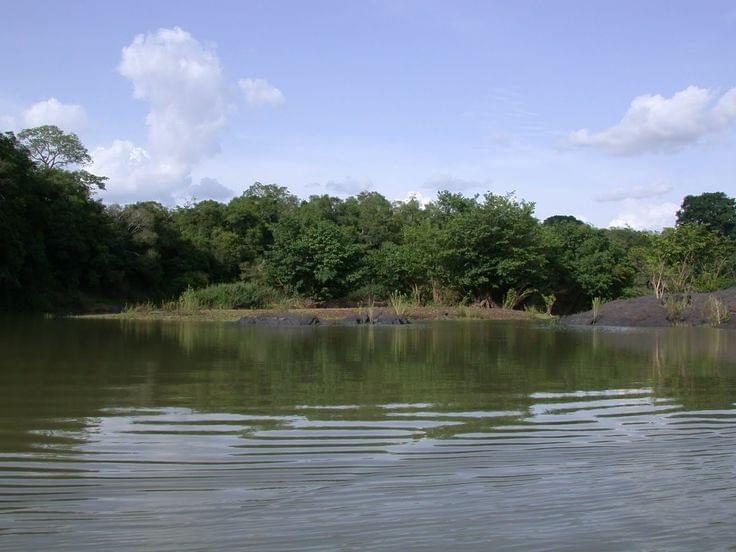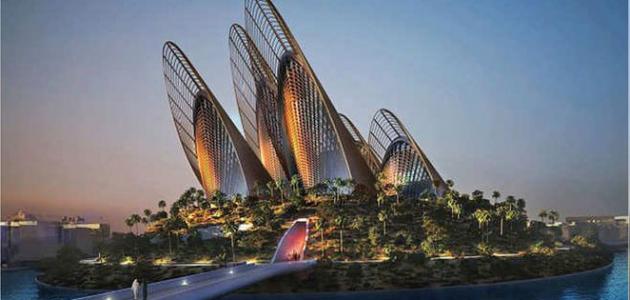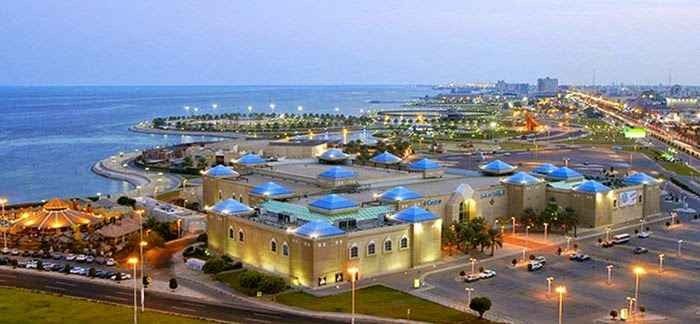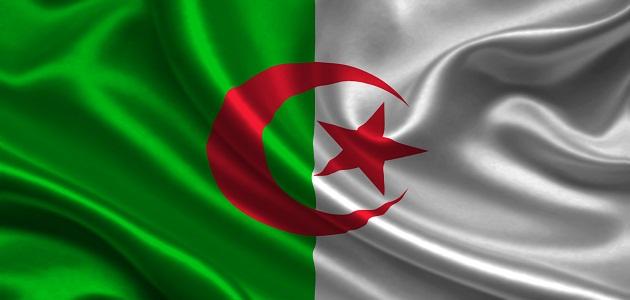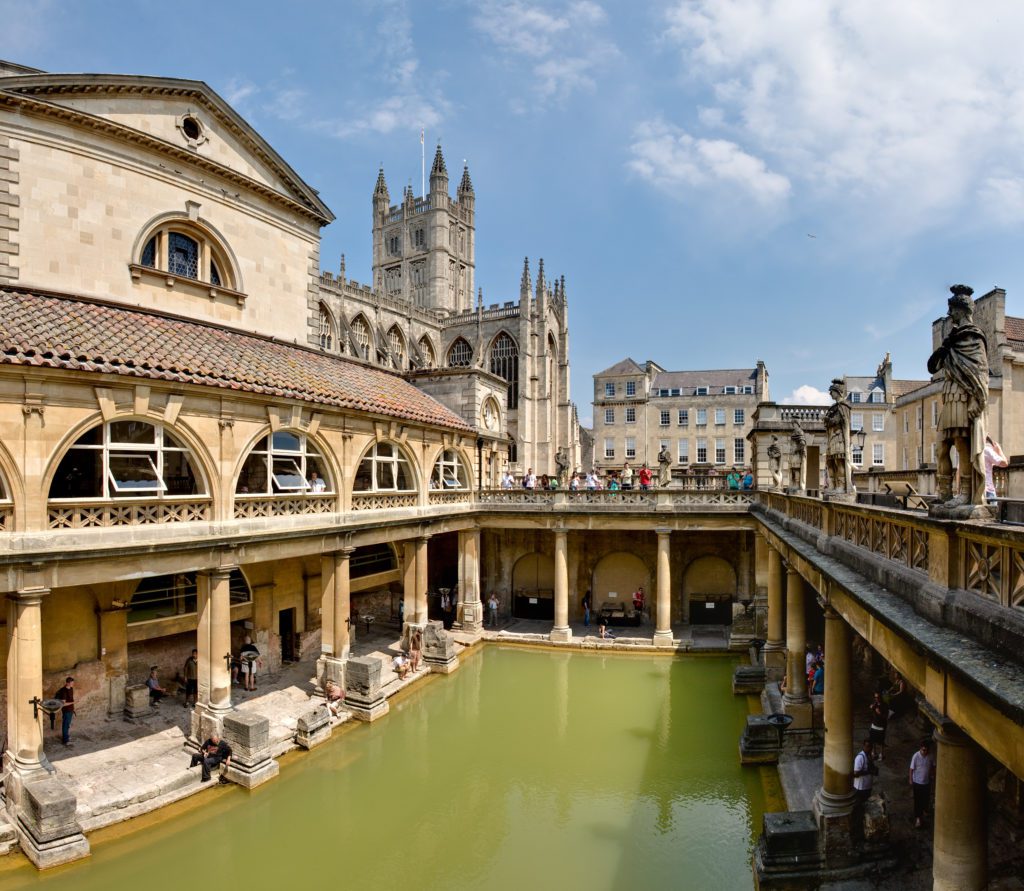The Komme National Park is one of the largest protected areas in West Africa, and this park is characterized by great plant diversity. Because of the presence of the Como River, it contains plants that are often found in the south, such as savannah and tropical rainforests.
Information on Como National Park
Como National Park is a biosphere reserve located within the UNESCO World Heritage Sites in the Zanzan and Savannah regions of the Ivory Coast in the northeast of the country. It is the largest protected area in West Africa, with an area of 11,500 km2, and ranges from the wet savannah of Guinea to the dry Sudan region. This region follows the climate gradient between north and south, allowing the park to house many habitats with the wonderful diversity of life. Some animal and plant species find their last resort in some of the different types of savannahs, forests, riparian pastures, rocky outcrops or forest islands.
The park was initially added as a World Heritage Site due to the diversity of vegetation present around the Como River, including stains in tropical rainforests that are usually only found in the south. It also facilitates good erosion between two large rivers, and lands in the area as a habitat for relatively unfertilized soils and a suitable moisture system to richer biological diversity than the surrounding areas. In 2003 it was added to the list of World Heritage Sites at risk due to overfishing, lack of management, and overgrazing, and problems escalated after the outbreak of the First Civil War in Ivory Coast.
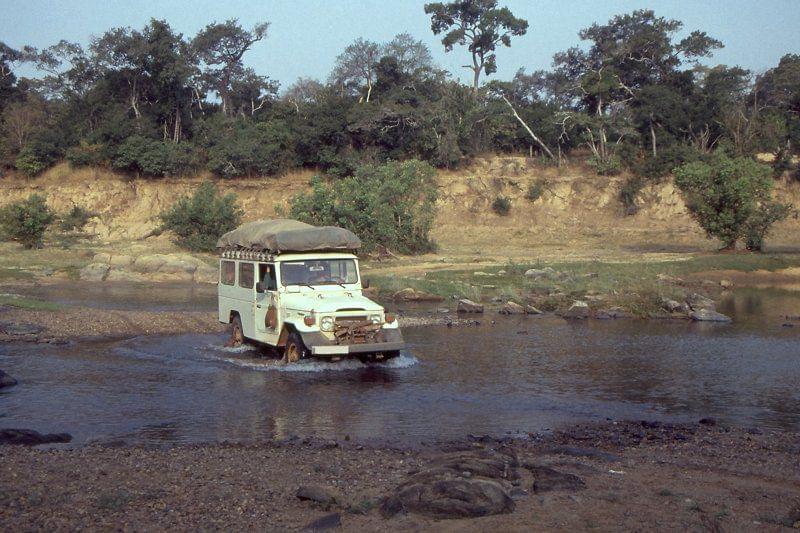
Location
The Comais National Park, located in the northeast of Côte d’Ivoire, with its surface of 1149,450 hectares, is one of the largest protected areas in West Africa. The Comais National Park is characterized by great plant diversity. The Como River, which runs through the garden, explains the presence of a group of plants that are usually found in the southern region, such as savannah weeds and patches of tropical rainforests. Hence property is a prime example of the transitional habitats between forests and savannahs. There are a wide variety of habitats, which breed a wide variety of wildlife.
Biodiversity
The geographical location of the Comais National Park and its vast area specialized in the conservation of natural resources, is an environmental unit of special importance. It includes geomorphology on the vast plains with deep hills carved from the Como River and its tributaries (Bavé, Iringou, Congo), allowing wet plant growth to the north and a preference for wildlife in the forest area.
The Comais National Park contains an impressive array of habitats, especially savannah weeds, river woods and grasslands with a prominent example of transitional habitats from forests to savannahs. Currently, there is one characteristic of the rare strongholds of a variety of biological species in West Africa.
Because of the geographic conditions of vegetation and the crossing of the Como River for more than 230 km, the Como National Park is packed with a wide range of animal and plant species. This location, in fact, makes this region mixed in that it contains many plant and animal species in West Africa. It contains about 620 species of plants and 135 species of mammals, (including 11 monkeys, 11 carnivores, 21 species of double-toed), 35 species of amphibians and 500 species of birds.
The Comais National Park is one of the rare areas in West Africa whose ecological integrity is preserved, so overfishing is reduced. Clear and defined limits have been established to cover watersheds or ecosystems as a whole. Consequently, the World Heritage Committee recommended that the southwestern part of the park be extended to the Gorowi and Kongoli Mountains.
Protection
In 2003, the Comais National Park was included in the World Heritage List at risk due to the potential impact of civil unrest. And with the decrease in the numbers of large mammals due to poaching. And the lack of mechanisms in effective management. In order to reduce these problems, an effective monitoring system is required throughout, with the establishment of a participatory management with local communities to reduce the pressures and impacts associated with managing the areas located on the periphery of the property. A sustainable financing strategy is also indispensable to ensuring the human and financial resources needed for long-term property management.
Visitors and visitor facilities
The park is only open during the dry season between November and April. Two tourist areas have been created inside the park for short and long term visits. There are hotels in Kakpin, Ganse and Lodge for safola in Kafola that are popular but expensive. The peak periods for visitors from the south are Christmas and Easter.
Scientific research and facilities
A full inventory of the park’s natural resources was carried out in 1974 with further studies funded by bilateral aid in 1977 and 1980. Research came within the framework of the Man and the Biosphere Program, including work on ungulates in 1983. And work on climate, vegetation, soil, and hydrology. The study of plants and animals and the extent of pollution have been completed. The scientific research station has been planned since 1985.
Value and conservatism
The park includes one of the largest protected areas in West Africa. The presence of the Como River means that savannah weeds and patches of tropical rainforest are only present in the south.

